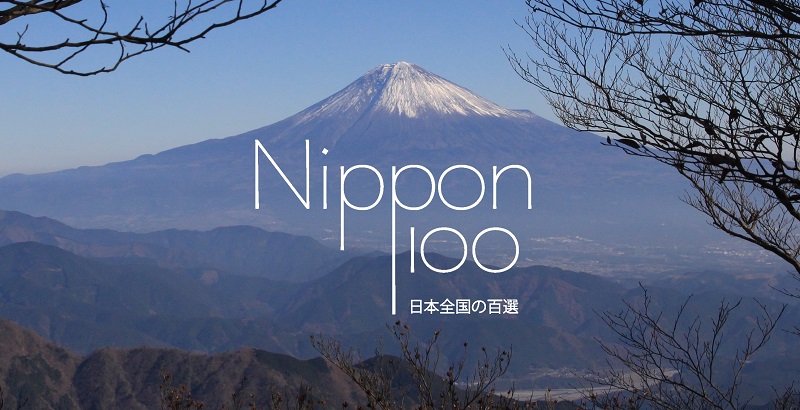The Hobiki boats, or hobikisen in Japanese, are a famous sight of Ibaraki prefecture, not far North of Tokyo and with Mount Tsukuba in the background. For a long time, until 1967, these impressive sailing ships were the only commercial ones on the lake Kasumigaura – the second largest of the country after Biwa. They are now a majestic touristic attraction, but are not so easy to discover – sailing only on weekends from July to October-December when the weather is fine enough. And the hobikisen are one of the 100 landscapes of Heisei.
They had been worrying us for some times. Because these beautiful boats are not so easy to observe, and we were not so often available in Tokyo to spend a day off in Ibaraki.
The Hobiki boats sail from late July to the beginning of December, every weekend and holiday, and only when the weather is fine – which means sunny and with a little wind. But it is not possible to board them. One will have to use another boat to get closer to them. Four different companies are operating this kind of sightseeing boats, from four different ports. But the two ones sailing from Tsuchiura – the only one easy to reach without a car – are not operating after late October…
We finally managed to get there on a sunny Sunday, in the beginning of the month, after a short phone call to the local tourist office in order to be sure that the Hobiki were on the lake that day.



The Hobiki boats are not so ancient: they date back from the late 19th century, at the beginning of Meiji Era. And they were invented by an inhabitant of the Kasumigaura’s shore, Ryohei Orimoto. The man was looking for a way to improve his fellow fishermen’s condition of work. And thus created these sailing boats, able to be operated by three men only. Before that, as fishermen were rowing to fish many more men were needed to operate one boat.

Motors were not used by the fishermen before 1967, which was explained by a social reason. As Kakuji Sakurai (1905-1988), one of the local fishermen, was saying :
” . . . it was thought unfair to have two classes of men, the one relying on muscle power and the other on motor power to do the same work — so attaching motors to fishing vessels was outlawed.” (in “Memories of Wind and Waves; a Self-Portrait of Lakeside Japan” (Kodansha International, 2002) by Junichi Saga)





The Hobiki boats were then revived in the 1970s to attract tourists in the area, and to preserve this special way of sailing.


How to get there?
Cruises are running from four different harbors, both West and East of lake Kasumigaura, in the cities of Tsuchiura, Kasumigaura and Namegate (the last with two different ones). In Tsuchiura, which is the easiest to reach by public transportation using the JR Joban from Ueno (1 hour, about 2000 yen), two companies are available. And we will focus on Jet Wheel Tsukuba, which is the boat we used and the smallest one of the several options if the city, for a slightly longer cruise.
The cruises operating days are different between the several harbors, and all these information are available online in English. From Tsuchiura, they are available until mid to late October.
The pier is about 5 to 10 minutes from the station. The cruise is organized at the beginning of the afternoon and costs 1680 yen for an adult (half price for children). Booking is not available so be sure to arrive early. Alternatively, the White Iris is running from another pier, still further from the station, and costs 1500 yen.






